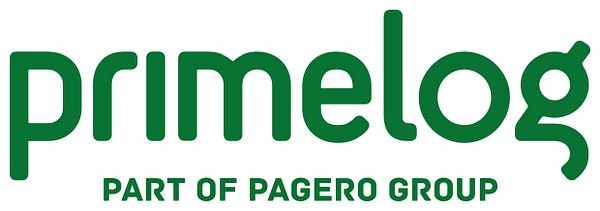Blogginlägg -
Why haven’t we come any further?
In an increasingly connected world, we’re still sending invoices by snail mail...
Lately I’ve attended several seminars that pointed out what we already know, but it’s always interesting to get some real numbers: We’re more connected than ever! We have access to incredible amounts of digital data, we send out tons of information about ourselves digitally, we spend six hours a day on average with our cellphones (probably more than we sleep) and look at them about 150 times a day. And this is not just the West, but globally. But growth economies are leapfrogging the steps we went through in our infrastructure development, and are moving directly from a very low infrastructure level to being connected via mobile devices and using mobile solutions for payment systems. One example is Kenya, which has come much further than Sweden with payment transactions.
How is it that in developed countries we’re still carrying out B2B transactions by sending paper invoices? Or even stranger, that we make them into PDFs – photographing the invoices – and attach them to emails… and think we have sent electronic invoices? Shouldn’t we have come much further? Shouldn’t our business systems be prepared to exchange electronic messages about business transactions with each other? Of course! – should be the obvious answer to that questions. But it isn’t.
We are still far away from the standard that EDICFACT was supposed to contribute to, once upon a time. EDIFACT is an EDI standard that defines electronic documents’ structure and information contents, developed by CEFACT, a UN agency. Of course it’s complex to implement internationally, since it must be harmonized with diverse legal requirements in different countries – but the benefits should be obvious to all.
It seems, in fact, to be the public sector that has been predominantly driving this question, and the EU has made some progress by setting up a common platform for business messages, called PEPPOL. This is a network for e-commerce and e-procurement that consists of a technical platform and contracts, as well as instructions and specifications. This makes it possible for buyers and sellers to find each other as well as support prioritized electronic processes for invoicing, ordering and procurement. The Swedish government is making some small tentative steps, in that they decided to give the Swedish National Financial Management Authority (ESV) the task of investigating the consequences of requiring e-invoices when billing national, regional and municipal government authorities.
So that’s good… small steps but in the right direction. But what’s happening in the private sector? One industry that is seizing this issue is the construction industry via their common organization BEAst. They have realized that it is the customers who have to make demands on their suppliers in order to bring about changes, and there are large efficiencies to be won by sending business information electronically. They are explaining the issues to their members and helping them calculate potential savings when implementing electronic invoicing, for example:
- Eliminating manual work, such as registering invoices, booking them, printing them out, returning incomplete invoices, etc.
- Lower costs for postage and envelopes (for physical invoices) as well as saving on printing invoices (which is often the case even when they are sent as PDFs).
- Environmental savings.
- Improved control and decision support via follow-up and analysis.
The benefits are obvious. Information is created electronically right from the beginning in a business system, so why not keep it electronic all the way? Why complicate things by printing out a piece of paper and sending it physically or as an email attachment? What are we waiting for?
Lena Ridström
CEO
lena.ridstrom@primelog.com
Relaterade länkar
Ämnen
- Datorer, datateknik, programvaror
